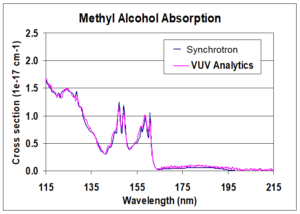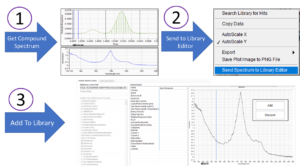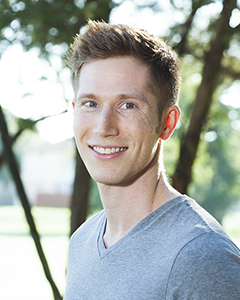Published James Diekmann on August 30, 2017
I’m a collector. I like to collect rocks, survival horror games, sci-fi novels, and little knick-knacks. In my mind, I have a variety of libraries in relation to the type of collection. Some people like to brag about the size of their personal libraries, but I’m not one of those people.
On occasion, a friend may say to me, “Hey James, you like to keep up with the times, what do you have locked away in your library?”. And I’ll respond, “Oh… recently I’ve added a healthy number of conjugated diolefins. What about you?”. The inevitable result is my friend rolling their eyes. I awkwardly laugh and quickly say “Just kidding! I’m reading Ernest Cline’s Ready Player One”.
I acknowledge my introduction might be a lame segue, but let’s talk about libraries. In the scientific community, LIBRARIES are important! Especially when it comes to gas chromatography detectors like mass spectrometry (MS) and Vacuum Ultraviolet Spectroscopy (VUV). In a perfect world, these detectors would have a complete library of spectra for all the compounds one might encounter while analyzing samples. Sadly, that’s not the case.
When I think of GC detector libraries, I automatically think of MS. Why? Because electron ionization MS has been used for decades, allowing it to amass thousands of spectra for organic compounds. I work with two new GC detectors, the VUV Analytics VGA-100 and VGA-101 that are based on absorbance spectroscopy, and have only been around for a handful of years. A frequent question I get asked is, “How big is your spectra library?”. My response is, “Over two thousand and growing fast!”. One solution to growing an absorbance spectra library is allowing researchers, partners, and customers to collaborate on a community library. Or, scientists can build their own personal absorbance spectra libraries for compounds that are important to their field of study.
The absorbance spectroscopic fingerprints we obtain are intrinsic to a compound and don’t vary. As an example, see how the data from our small benchtop VUV detector compares to a multi-billion-dollar synchrotron radiation facility (Figure 1). Impressive, right?!

Figure 1. Comparison of VUV absorbance spectra from a synchrotron and the VUV Analytics VGA-100 detector.
If you already have a VUV detector, it’s easy to add absorbance spectra to your library (Figure 2). Just a few simple clicks in the software and BAM! You have your compound spectrum added. Just make sure your compound is pure and chromatographically resolved before adding its spectrum to the library.
Now have at it and add all the compounds you could ever dream of!

Figure 2. It is easy to add a VUV absorbance spectrum to your own personal library with just a few clicks in the software.







Leave a Reply